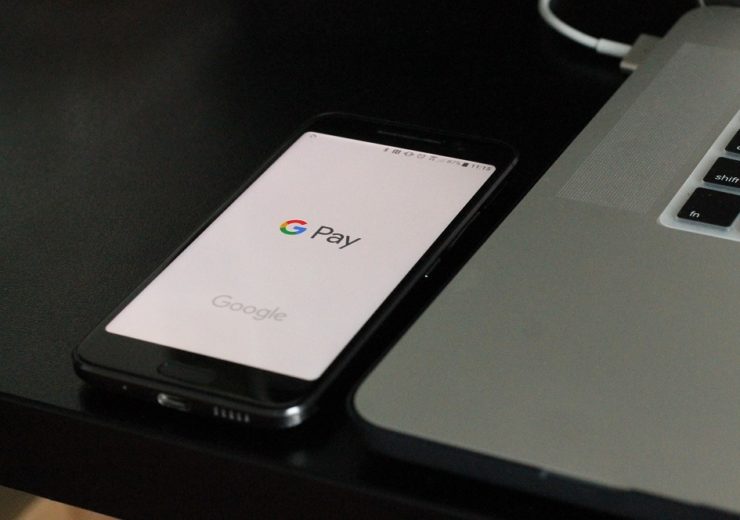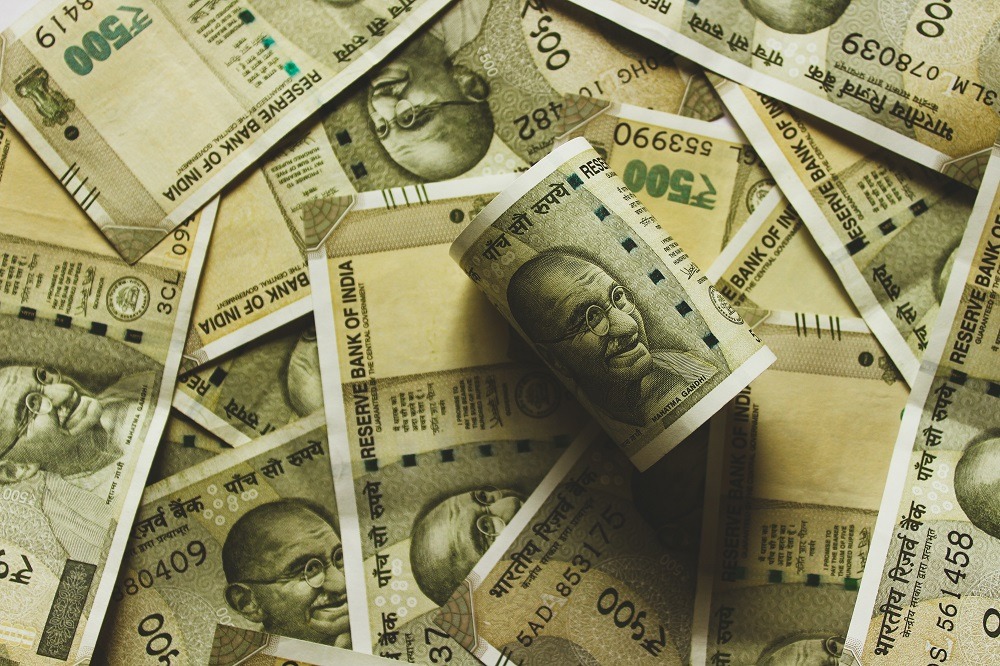The government's decision to demonetise paper currency in 2016 has driven high adoption of digital transactions among customers in India

Mobile wallets like Google Pay are increasingly popular in India
Digital wallet transactions across India will hit 2tn rupees ($28.7bn) by the end of this year, up from 1.7tn ($24.9bn) in 2018.
Customer adoption of mobile-based payment methods in the country is well above levels in developed markets such as the US and UK, where cash and cards remain the most popular forms of payment.
Indian lawmakers and payments firms have made efforts to incentivise digital alternatives to cash in recent years, as part of a demonetisation campaign targeting paper currency.
Senior payments analyst at business intelligence firm GlobalData Ravi Sharma said: “Government policies to promote electronic payments, rising smartphone penetration, the launch of new mobile wallets and growing QR code installation among SMEs are driving mobile wallet adoption in India.
“Wallet providers are increasingly offering benefits in the form of discounts and cashback to remain competitive.
“They are also offering value-added services such as utility bill payments, mobile top-ups, hotel and flight bookings, and options to buy entertainment tickets and even gold.
“This is likely to further drive mobile wallet transactions over the next five years.”
Digital transactions in India have boomed since 2016 demonetisation campaign
Research by GlobalData shows 83.6% of survey respondents in India confirmed they have a mobile wallet and regularly use it – compared with 31.5% in the US and 24.6% in the UK.

Only China has a higher percentage of mobile wallet adoption, with 87% of respondents indicating they use the technology.
State intervention in India has contributed to this high level of engagement with digital payments, after 500 rupee and 1,000 rupee banknotes were demonetised from 2016 in a bid to crack down on hidden wealth and financial corruption.
Sharma added: “Mobile wallet adoption was boosted by the government’s demonetisation move in November 2016, which led to a massive cash crunch in the country.
“As most ATMs dried up, people were compelled to switch to mobile-based payments.
“These wallets are now widely used for everyday purchases at supermarkets, grocery stores, street vendors, tea stalls and fuel stations.”
Paytm is the preferred mobile wallet brand in India, with more than 55% of respondents to GlobalData’s survey saying they used its product.
Google Pay is the second most popular brand, claiming a 25.6% share.
